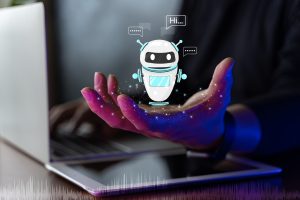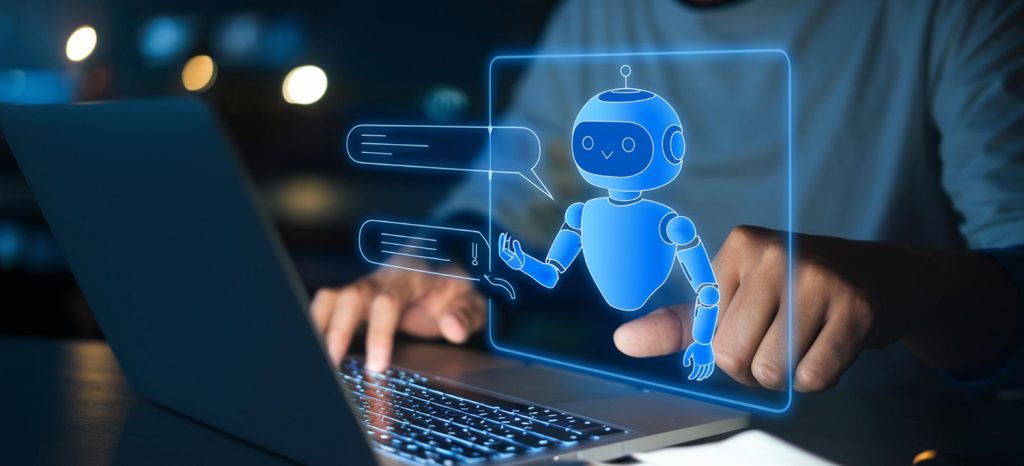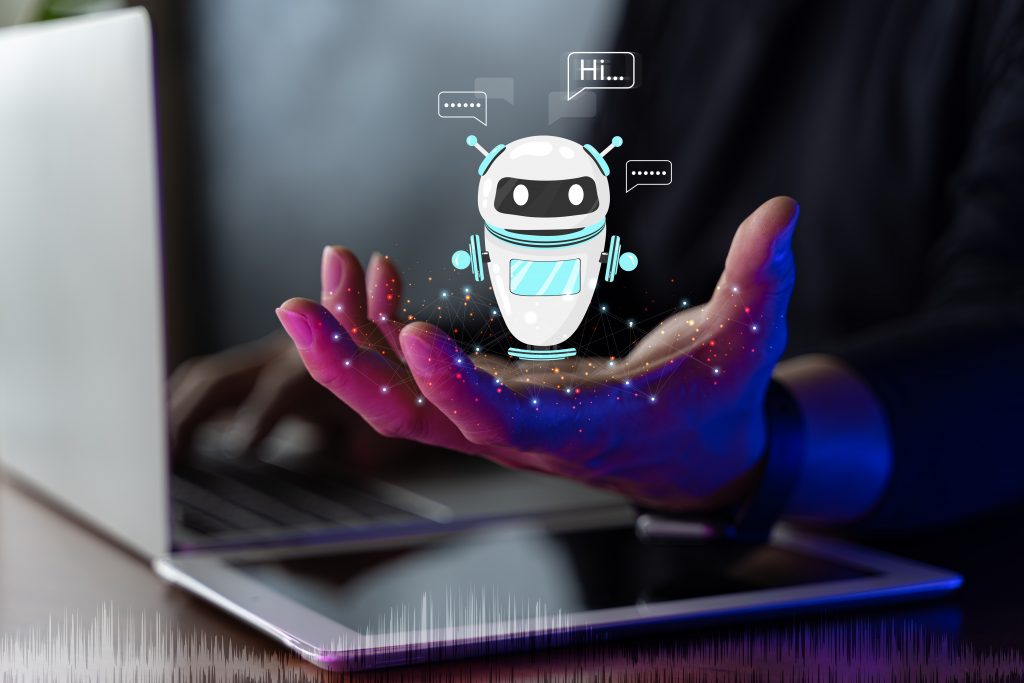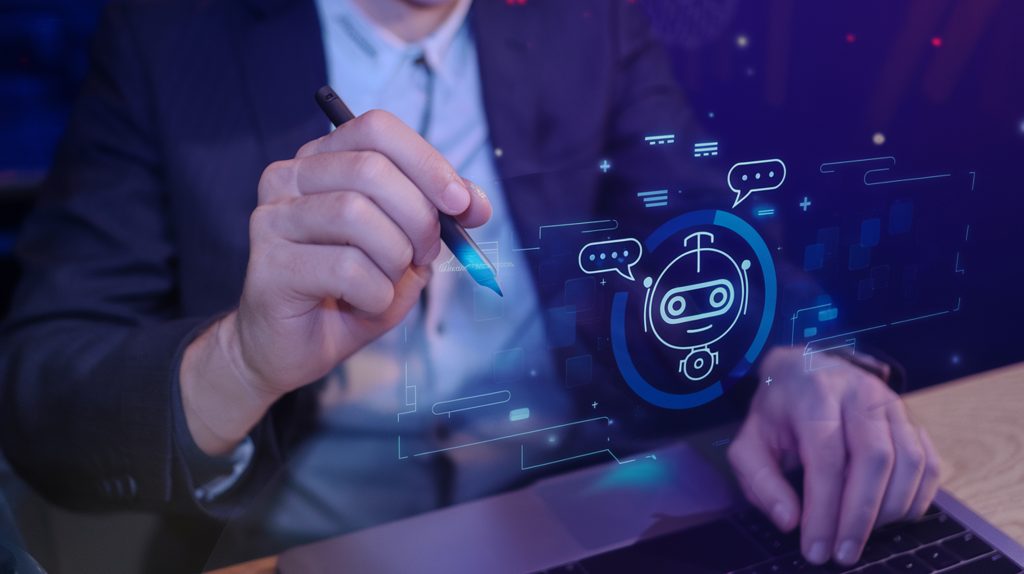AI chatbots are a technology designed to support human teams in carrying out a variety of tasks within companies. From customer service to the automation of administrative processes, AI chatbots are powerful drivers of efficiency. Beyond the obvious time savings and improved task management, it is important to shed light on the real profitability of chatbots.
- A Smart Investment for Sustainable Automation
At their core, AI chatbots are virtual assistants capable of understanding and responding to customer or employee requests using artificial intelligence. Unlike humans, who have physiological, social, and economic needs such as lunch breaks, vacations, or sleep to maintain productivity, AI chatbots have no such limitations, making them the perfect work companion.
It is not only a matter of availability but also a powerful automation solution that handles large volumes of low-value tasks without human intervention. This allows teams to focus on more strategic and complex missions. Time saved means significant cost savings.
A Juniper Research study estimated that chatbots will save companies more than $11 billion annually by 2026. For an SME, this could translate into tens of thousands of euros saved each year. That is an impressive return for a virtual agent that never burns out.
Concrete Examples for More Clarity
Take the example of an e-commerce customer service department. A company receiving 1,000 requests per week can automate up to 80% of them with a well-trained AI chatbot. If each request handled manually costs about €3, this represents:
• 800 requests automated per week
• 800 x €3 = €2,400 saved per week
• Over €124,000 saved per year
This calculation doesn’t even account for the improved customer experience. Contrary to popular belief, customers appreciate the efficiency of instant responses, especially for simple questions like order status, return policies, or business hours.
Another relevant use case is in HR. AI chatbots can respond to recurring employee questions (remaining vacation days, telework policies, expense reimbursements, etc.). The result is fewer interruptions for HR, improved overall productivity, and a more serene team.
- User Experience: A Key Performance Factor
The purpose of a chatbot is not only to save money. A well-designed AI chatbot also significantly enhances user experience. It offers constant availability, consistent responses, and can even adapt its tone to your brand’s identity. Often the first point of contact with prospects or customers, it plays a key role in shaping their perception of your company.
According to a Salesforce study, 69% of consumers prefer interacting with chatbots for quick questions rather than waiting on the phone. This preference completely changes the game for businesses looking to stand out in the market without skyrocketing customer service budgets.
- Fast Profitability and Long-Term Impact
Another major advantage of AI chatbots is their quick return on investment. Unlike some technologies that are long and complex to deploy, a chatbot can be operational in just a few weeks and start generating savings immediately. Moreover, it improves over time: thanks to machine learning, it becomes more accurate, relevant, and efficient.
This process brings many benefits, including reduced operational costs, better customer satisfaction, and increased productivity—all made possible by a single tool.
In 2025, AI chatbots are no longer optional but a strategic lever for any business aiming to optimize costs while enhancing customer experience. It is an investment with benefits that can be seen in a very short time. Today, there are accessible, scalable solutions tailored to your business reality, designed to transform your professional daily life.
Schedule a meeting with a chatbot expert today to discover how to automate your processes intelligently for maximum impact and minimal costs.






